A secret of science: Mistakes boost understanding
Failure can change how you learn — and propel you toward success
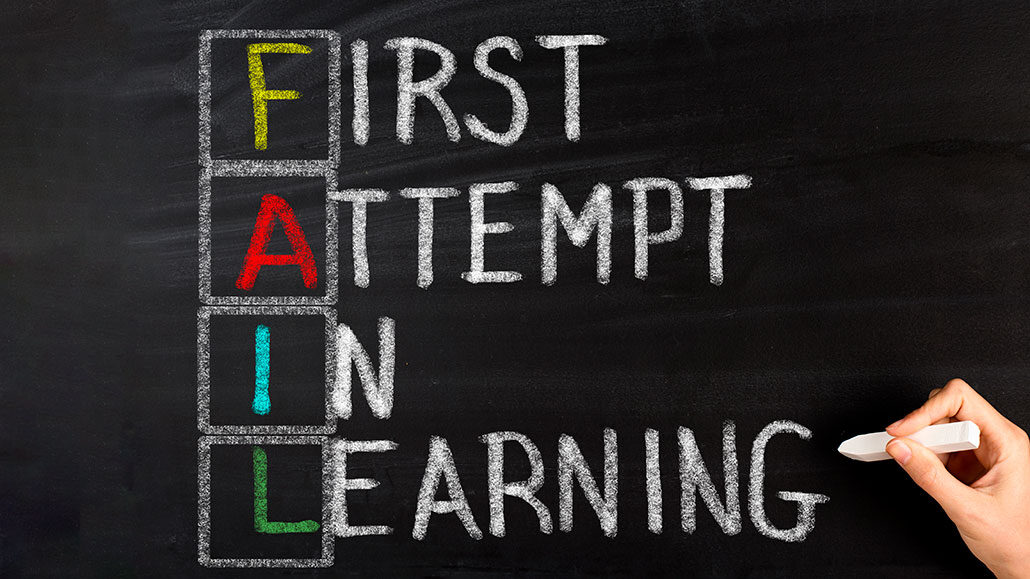
Many kids fear making a mistake will label them as a failure. In fact, science is built on a mountain of mistakes, many made by the greatest minds. The trick is to view each mistake as a step along the path to understanding something better.
marrio31/iStock/Getty Images Plus
By Rachel Kehoe
This past spring, before COVID-19 turned the world on its head, Anne Smith’s 9th-grade physics class was learning about electric circuits. Smith teaches science at Carmel Catholic High School in Mundelein, Ill. She gave her students paper clips, batteries, tape and a lightbulb. Then she said, “Have a go. See if you can make the bulb light up.”
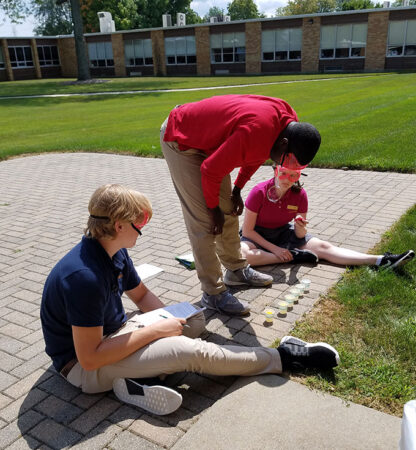
Smith sees value in letting her students experiment. She believes that some of the most powerful learning happens through trial and error. “When students are allowed to struggle through difficult material, they gain confidence,” she says. “They learn that making mistakes is part of the scientific process.”
This isn’t to say that once the task is given, Smith sits back and watches her students fail. Instead, she selects activities that may have more than one answer. Then she encourages students to try multiple approaches. She wants them to think about different ways to solve a problem.
Throughout the lesson, the students engage in group discussions. Their observations and reflections focus on the process, not the outcome.
Smith praises students for working through hard tasks. She wants to highlight how their struggles can reward them with benefits. “The point,” Smith says, “is to explore ideas and evaluate the methods [being] tried.” In doing so, students learn to value mistakes. Indeed, she finds, mistakes are an essential part of learning.
Failing to succeed
“Failure is the most important ingredient in science,” says Stuart Firestein. He studies the biology of the brain at Columbia University in New York City. He also wrote a book called Failure: Why Science is So Successful.
“When an experiment fails or doesn’t work out the way you expected, it tells you there is something you didn’t know,” he says. It suggests you need to go back and rethink: What went wrong? And why? Was there a problem with the idea? With your approach or assumptions? With your measurements? In the environment, such as temperature, lighting or pollution?
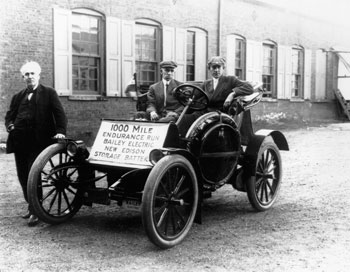
This is the value of failure. It leads us to what Firestein calls “the portal of the unknown.” It is where the deepest and most worthwhile questions come from. And asking those questions can spark new ideas and types of experiments. The best thing a scientist can discover is “a new or better question,” Firestein says. “Failure is where the action is. It propels science forward.”
Thomas Edison is reputed to have said much the same thing, according to a 1910 biography. He wanted to make a better battery. But after working seven days a week for more than five months, he still hadn’t succeeded. He told a friend, Walter S. Mallory, that he had already done more than 9,000 experiments for the project. According to the book, Mallory replied: “Isn’t it a shame that with the tremendous amount of work you have done you haven’t been able to get any results?” The book goes on to say that Edison “with a smile replied: ‘Results! Why, man, I have gotten a lot of results! I know several thousand things that won’t work.’”
Nor did the dogged inventor stop. Eventually, he got the new battery to work. He patented it, too. Although Edison is best known for the light bulb, those batteries eventually became the most commercially successful product of his later life.
Most schools do not encourage students to fail
Smith’s and Edison’s approach is different from the way science is carried out in most classrooms. Schools tend to focus on covering lots of topics and memorizing countless facts. Many classes rely on textbooks to give students as much info as quickly as possible. The problem with those books, explains Firestein, is “they have no context.” They state the results of experiments but they don’t tell us why people did them. Nor do they describe experiments that didn’t work. By focusing on successful outcomes, Firestein says, “we leave out 90 percent of science.”
Instead, he suggests, science learning should include details of those failures. This shows the realistic process of getting to an answer. Also, students can discover why specific scientific questions arose and see how people arrived at the answer we have now.

When we fail, we question thoughts, opinions and ideas. This is what teachers refer to as critical thinking. Through such questions, we connect ideas and challenge reasoning. Both skills are highly valued in a scientist, says Firestein.
Learning about failure also makes science more approachable. Science is not just a sequence of geniuses making one discovery after another. Rather, the history of science is full of mistakes and wrong turns.
Some of the most well-known scientific facts follow a trail of failures. For example, physics icon Isaac Newton was wrong about gravity. Although Firestein explains that Newton’s laws of motion are “great for launching satellites and building bridges, his idea about how gravity works was wrong.” It was Albert Einstein, 200 years later, who corrected it — again as a result of a failed experiment. He studied Newton’s idea until he came up with his Special Theory of Relativity. This changed science’s perception of gravity. The scientific process is where you arrive at the truth by making mistakes, Firestein explains, “each a little less of a mistake than the one before.”
Failures have also led to great discoveries. Penicillin, X-rays and insulin are all the results of experiments gone wrong. “Two-thirds of Nobel laureates have announced their winning discovery was the result of a failed experiment,” says Firestein. This explains why Isaac Asimov, an American writer and biochemist, is crediting with saying: “The most exciting phrase to hear in science, the one that heralds new discoveries, is not ‘Eureka!’ but ‘That’s funny.’”
The importance of failure is just as prevalent in other fields. Take this observation by professional basketball player Michael Jordan in a 1997 Nike commercial: “I’ve missed more than 9,000 shots in my career. I’ve lost almost 300 games. Twenty-six times, I’ve been trusted to take the game-winning shot — and missed. I’ve failed over and over and over again in my life. And that is why I succeed.”
A changeable brain
Michael Merzenich is a neuroscientist who worked at the University of California, San Francisco. In the 1970s, he found evidence that brains can rewire themselves over time. His work challenged the common idea that people were born with a fixed number of brain cells organized in unchanging paths. Perhaps our potential to think, learn and reason was not set from birth, he proposed.
Merzenich and his team began their research with monkeys. They aimed to map which brain cells fired when the monkeys completed a given task. The resulting “brain maps” amazed the scientific community. But he found an even bigger surprise when he later revisited the maps: The monkey’s neural pathways had changed. “What we saw,” said Merzenich, “was absolutely astounding. I couldn’t understand it.” The only possible explanation was that the monkeys’ brains had wired new neural pathways, he decided. Norman Doidge recounted the observation in his book The Brain that Changes Itself.
Merzenich’s research pointed to a concept that would come to be known as “brain plasticity.” It’s the ability of the brain to adapt and change in response to experiences. His studies went on to show that when we learn something new, an electrical signal fires and connects cells in different parts of the brain.
The place where these electrical sparks jump between brain cells is called a synapse. Synapses fire when we do things such as read a book, play with toys or have conversations. That firing strengthens connections between brain cells. If we do something only once, synaptic pathways can fade away. But if we practice and learn something deeply, the synaptic activity will form lasting networks in the brain. Indeed, learning rewires the brain.
If learning can cause our brain to adapt and change, what happens when we make a mistake? In 2011, Jason Moser studied how the brain reacts when people make an error. Moser is a psychologist at Michigan State University in East Lansing. He teamed up with four other researchers. They asked 25 participants to complete a test with 480 questions. During the test, each person wore a stretch cap with electrodes that recorded activity in different parts of the brain.
The participants’ brain activity rose when they made a mistake, Moser and his colleagues found. “When a participant experienced conflict between a correct response and an error, the brain was challenged,” he says. “Trying to make sense of this new knowledge was a time of struggle and need for change.” This is when the brain reacted most strongly.
He also found two typical brain responses to a mistake. The first response indicated that something went wrong. The second reaction only came when test-takers treated the mistake as a problem that needed greater attention. Participants who responded to their error by giving it more consideration were able to do better on the test after making their mistake. Moser concluded that “by thinking about what we got wrong, we learn how to get it right.”
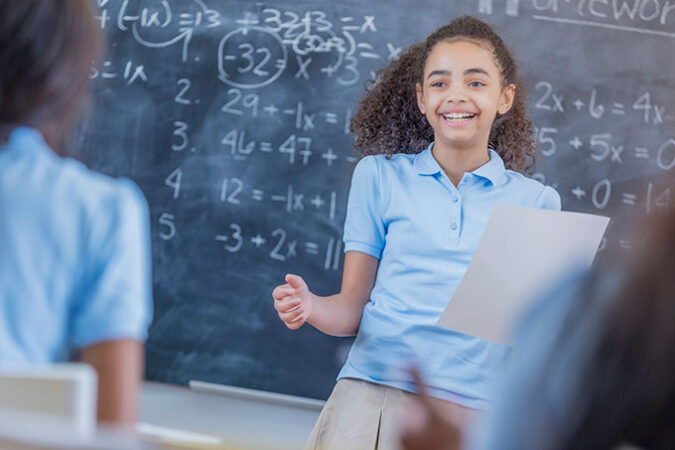
A new view of mistakes
Championing the value of mistakes, Jo Boaler has started a revolution in math. She teaches math education at Stanford University in California. In her 2019 book, Limitless Mind, she said people need to give up the idea that one’s ability to learn is fixed, or unchanging. Instead, she argues, we should view learning as putting us “all on a growth journey.”
She wanted to give students positive messages about mistakes and create a “mistakes-friendly” environment where students celebrate errors. Seeking to bring this idea into the classroom, Boaler established a three-week summer math camp known as Youcubed. (The last in-person session was in 2019. She now offers it as an online course.) The aim of this program is to boost confidence in math among 6th and 7th graders. When kids give answers, they are encouraged to explain their thinking. Discussing the process helped other students analyze their reasoning. This pushed them to keep trying.
At the beginning of camp, students often reported that struggling with math was a sign you weren’t doing well. But by the end of three weeks, most reported feeling more positive about making mistakes. They enjoyed being challenged and described having higher self-esteem. “When students see mistakes as positive,” Boaler says, “it has an incredibly liberating effect.”
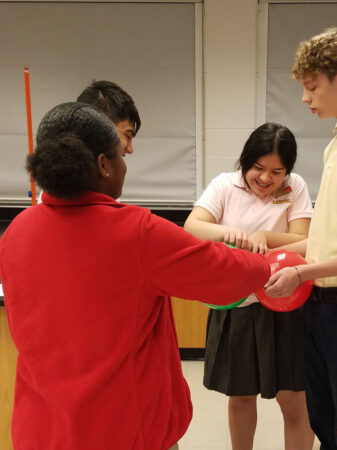
Learning through collaboration can also help us see mistakes in a more positive way. Janet Metcalfe studies the effects of errors and how they can benefit learning. A psychologist at Columbia University in New York City, she observed several middle-grade math classes. The most effective learning technique, she found, was giving students a chance to discuss their errors.
They might be asked: What do you think about that? How did you get your answer? Sharing the way they did a problem took much of the focus off of mistakes. Instead they described their theories and ideas. This collaboration with classmates resulted in higher test scores.
“When you connect with someone else’s ideas,” Metcalfe points out, “you go deeper.” Mistakes are simply the starting point for discussion. “You have only got something to learn if you make a mistake,” she concludes.
And that is the message Smith tries to give to her high school physics students. Yet some still come to class with a fear of failure. They believe that a wrong answer means they are not smart. Some give up before they even try because they are so scared of being incorrect.
“It is especially important for these students to see mistakes as a learning opportunity,” Smith says. Getting people to see mistakes as a natural part of learning takes time. We have all been embarrassed by making a mistake in public. But finding success as a result of struggling toward a solution will hopefully help students become more eager to approach future challenges.
To Smith, being able to “approach mistakes with confidence” is more important than anything else a student can learn.







